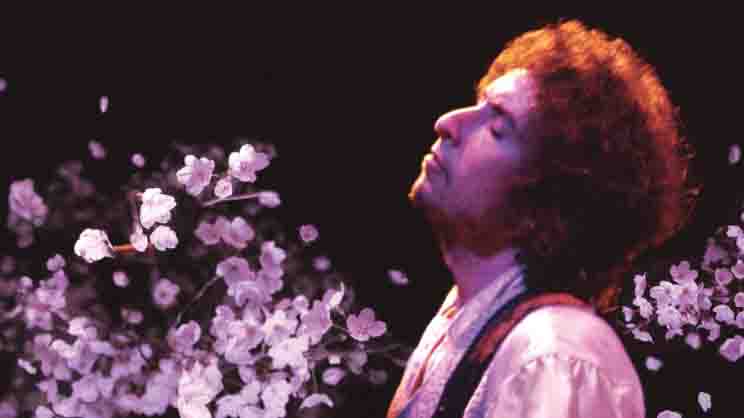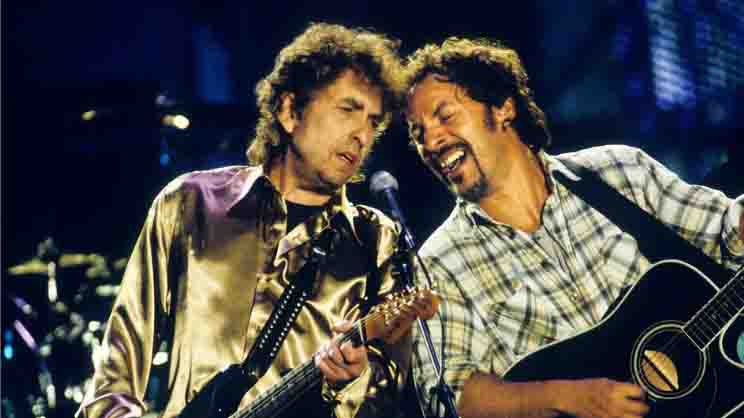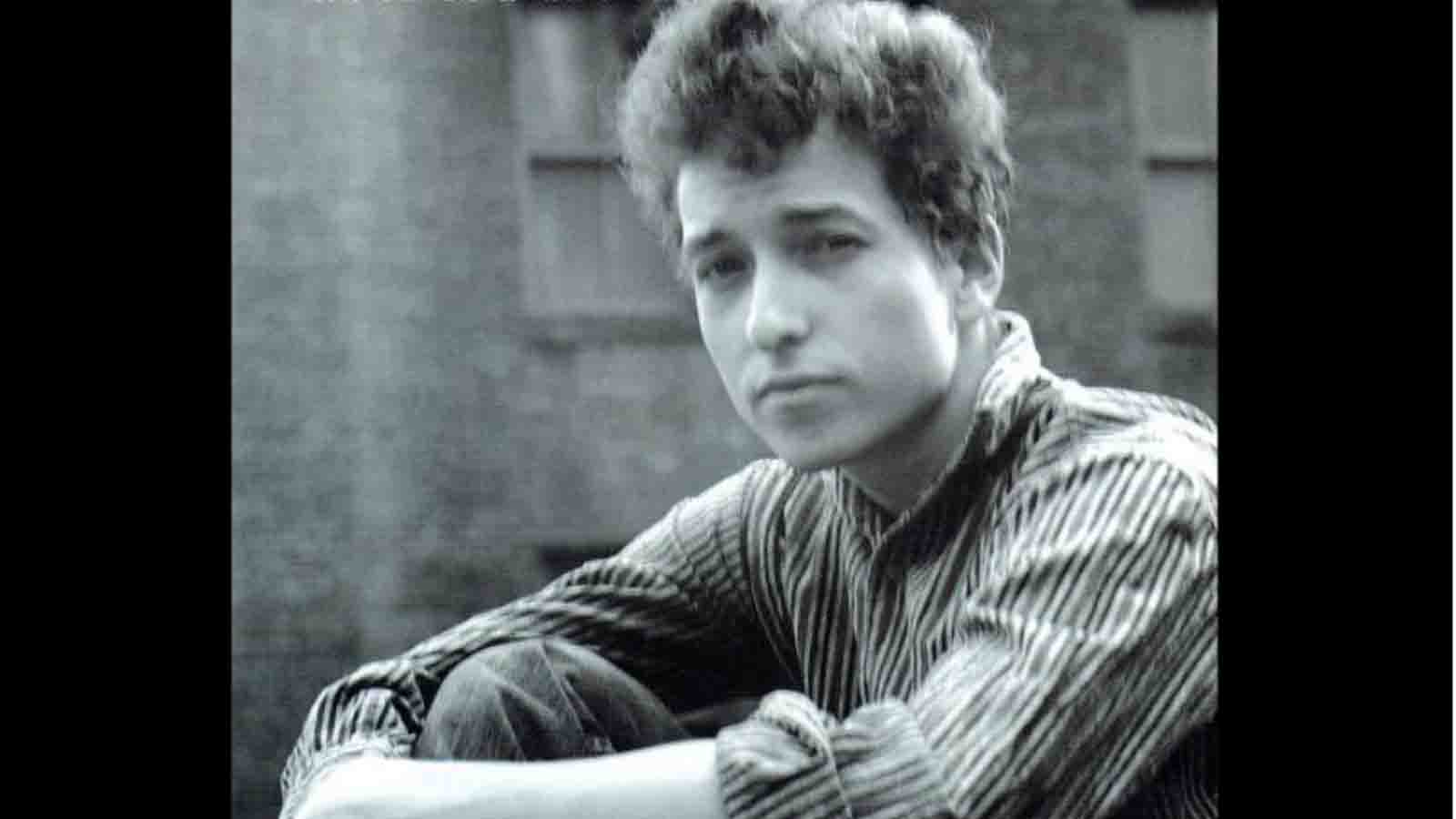The music and cultural landscape has long been influenced by the enigmatic figure of Bob Dylan. Born Robert Zimmerman in 1941, Dylan has become a symbol of poetic expression, musical innovation, and a voice for social change. As we navigate through 2024, questions surrounding Bob Dylan’s health and the speculation about whether he is autistic have surfaced, prompting discussions that intertwine his personal life with his public legacy. This article aims to shed light on these aspects, offering a detailed exploration while maintaining respect for Dylan’s privacy and focusing on his unparalleled contributions to culture and music.
Summary Table
| Aspect | Details |
|---|---|
| Autism Speculation | No definitive information; speculation based on observations |
| Health Concerns | Past diagnosis of histoplasmosis in 1997; current status largely private |
| Musical Legacy | Over six decades of influential music and cultural contributions |
| Privacy and Respect | Importance of respecting personal boundaries and focusing on artistic achievements |
Exploring Autism Speculation
Despite ongoing speculation, there is no concrete evidence to suggest that Bob Dylan is autistic. The rumors about his potential autism stem from interpretations of his behavior, communication style, and other personal peculiarities. It’s crucial to recognize that without a formal disclosure from Dylan or verified sources close to him, such claims remain speculative. The discussion of Dylan’s neurodiversity, while intriguing to some, often overlooks the essence of his impact – his music, lyrics, and the cultural shifts he influenced. Diagnosing public figures with neurodevelopmental conditions retroactively is fraught with challenges and ethical considerations, emphasizing the need for sensitivity and respect for privacy.

Bob Dylan’s Illness and Health Journey
In May 1997, Bob Dylan’s health made headlines when he was hospitalized for severe chest pains, later diagnosed as histoplasmosis leading to pericarditis. This health scare highlighted the human vulnerability of even the most iconic figures. Dylan’s recovery was met with relief and support from fans worldwide, showcasing the deep connection between the artist and his audience. Since then, Dylan has managed to keep his health matters private, with few updates reaching the public sphere. His resilience and return to music after such a serious health issue have only added to his legendary status.
ALSO READ: Is Grimes Autistic? Health Update 2024
The Enigmatic Persona and Cultural Impact
Bob Dylan’s refusal to conform to societal expectations, coupled with his profound lyrical prowess, has cemented his place as a cultural icon. His songs, charged with political activism and a reflection of the human condition, have transcended generations. Dylan’s influence extends beyond music to literature, film, and visual arts, showcasing his multifaceted talent and insatiable curiosity for expression. Despite the public’s fascination with his personal life, it is his artistic legacy that remains most compelling. Dylan’s ability to articulate the complexities of the human experience through his work has made him a figure of endless study and admiration.

Maintaining Privacy and Focusing on Artistic Legacy
Bob Dylan’s approach to his personal life has always been characterized by a desire for privacy, a trait that has only fueled public curiosity. However, the respect for his personal space is paramount, especially in discussions concerning his health or neurodiversity. Dylan’s contributions to music, culture, and social commentary are where the focus should lie. His work serves as a testament to his impact, transcending the need for personal disclosures to appreciate his genius. As Dylan continues to navigate his illustrious career, the public’s respect for his privacy will be crucial in honoring his ongoing legacy.
As we delve deeper into the essence of Bob Dylan’s legacy, it’s imperative to appreciate the sheer breadth of his influence on music and culture. Over six decades, Dylan has been a beacon of creativity, challenging societal norms and expressing the zeitgeist of his era with unmatched eloquence. His journey from a folk singer in the 1960s to a Nobel Laureate in Literature underscores a career defined by transformation and a relentless pursuit of artistic truth.
Bob Dylan’s music, characterized by its lyrical depth and musical innovation, has been a soundtrack to societal changes, echoing the hopes, fears, and aspirations of multiple generations. Songs like “Blowin’ in the Wind” and “The Times They Are a-Changin'” became anthems for the civil rights movement and an expression of the collective desire for peace and justice. Dylan’s ability to capture complex emotions and societal dynamics in his music has made his work a subject of academic study and cultural reverence.
Beyond his musical contributions, Dylan’s influence extends to the realms of literature and art, where his work continues to inspire discussions about the intersection of poetry and song. His Nobel Prize in Literature in 2016 was a testament to his profound impact on the literary world, blurring the lines between song lyrics and poetry with his intricate storytelling and emotional depth.
ALSO READ: American Commentator Jesse Watters: Siblings Details






